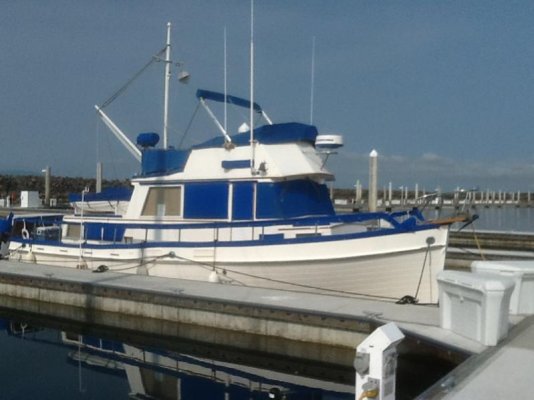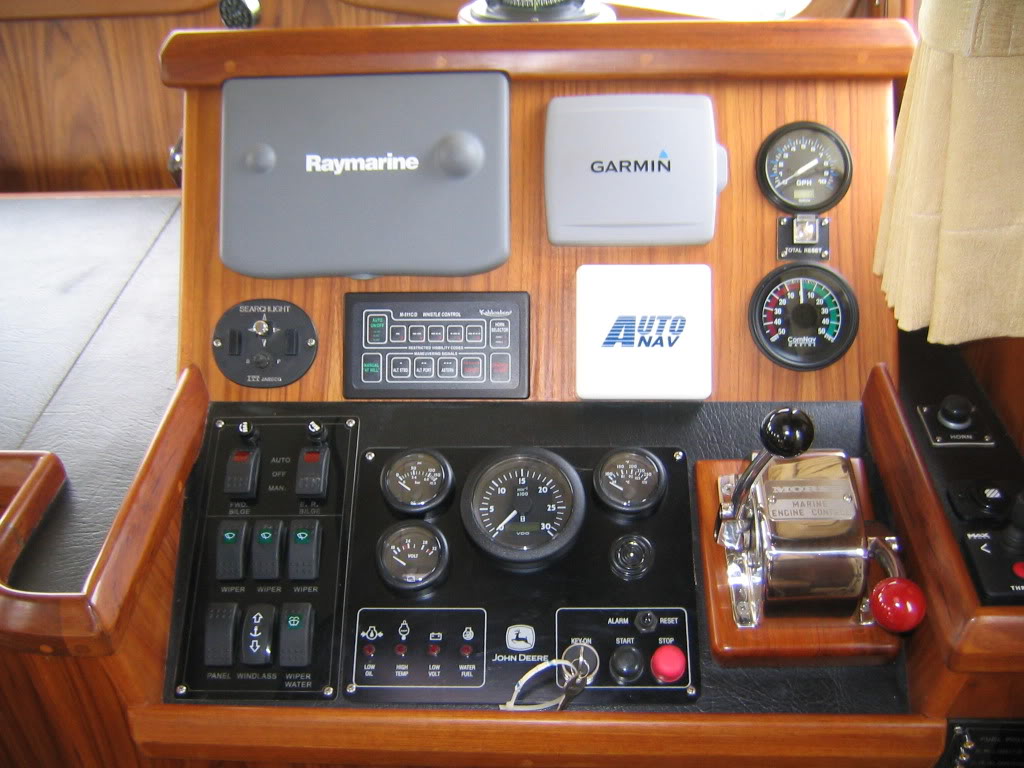jarod
Veteran Member
Hello,
Seeking tips for my less than ideal docking situation.
- The boat is a single screw with a full keel
- The boat propwalks hard to port
- My finger is a Starboard tie and I own it so will not be changing
- The wind generally blows onto the starboard bow pushing me off my finger
- No thrusters and would prefer not to get any
As you can see i have everything working against me both in coming in and out of my slip. My prop walk and the wind both work to push be against my slip mate on my port side. I have considered tying up stern to but if there was much wind I could see it being a bit of a gong show in a big hurry. I have also considered using a bow spring when entering the slip but of course that doesn't help me when departing. I have been pulling the boat out by hand and kicking my stern to starboard by using bumpers and lines with some leverage then hopping onboard once i get the boat going the right way of course this maneuver can only be done when calm and it isn't all that "cool" looking and i would prefer to back out under power. When i come into the slip i generally come in pretty "hot" so my momentum will carry me into the dock against the wind, but even then I need to reverse hard to kill my forward momentum and the prop walk then pushes my stern to port and into my slip mate. There have been no big accidents yet but I would like to avoid any in the upcoming season.
Thanks for replies
Jarod
Seeking tips for my less than ideal docking situation.
- The boat is a single screw with a full keel
- The boat propwalks hard to port
- My finger is a Starboard tie and I own it so will not be changing
- The wind generally blows onto the starboard bow pushing me off my finger
- No thrusters and would prefer not to get any
As you can see i have everything working against me both in coming in and out of my slip. My prop walk and the wind both work to push be against my slip mate on my port side. I have considered tying up stern to but if there was much wind I could see it being a bit of a gong show in a big hurry. I have also considered using a bow spring when entering the slip but of course that doesn't help me when departing. I have been pulling the boat out by hand and kicking my stern to starboard by using bumpers and lines with some leverage then hopping onboard once i get the boat going the right way of course this maneuver can only be done when calm and it isn't all that "cool" looking and i would prefer to back out under power. When i come into the slip i generally come in pretty "hot" so my momentum will carry me into the dock against the wind, but even then I need to reverse hard to kill my forward momentum and the prop walk then pushes my stern to port and into my slip mate. There have been no big accidents yet but I would like to avoid any in the upcoming season.
Thanks for replies
Jarod
Last edited:






 I do not mind the paint as much as breaking/marrning the varnish as that requires stripping and 6+ coats.
I do not mind the paint as much as breaking/marrning the varnish as that requires stripping and 6+ coats. 
